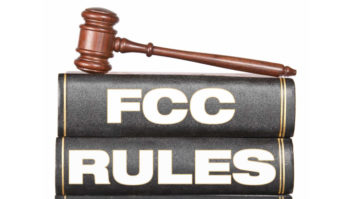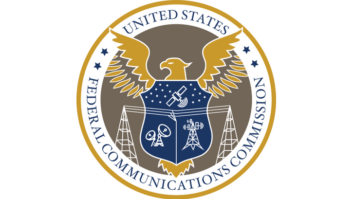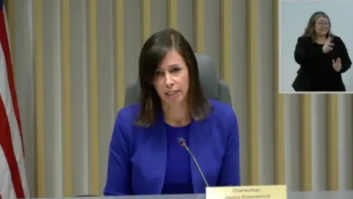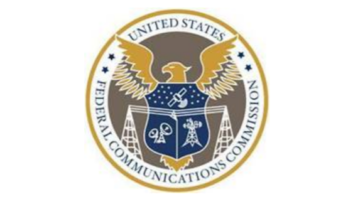New rules for Wireless Emergency Alerts and the proposed auctioning of AWS-3 spectrum licenses were two of the actions highlighted by the FCC during its Feb. 27 open meeting.

FCC Chairman Brendan Carr and Commissioners Anna Gomez, Nathan Simington and Geoffrey Starks were present during the meeting which lasted just over two hours.
Introducing silent WEA alerts
In a statement released following the meeting, the commission said it updated its rules to make Wireless Emergency Alerts more effective, enabling “silent alerts.”
Wireless providers that participate in WEA alerts will now be required to enable the alert originator to send alerts to a mobile device that either do not trigger an audio attention signal, vibration cadence or both.
(Read the Wireless Emergency Alerts Amendments.)
“The notifications may be unexpected and jarring at times, causing some consumers to opt out from receiving future alerts,” the statement said. “In addition, in some situations, such as during an active shooting, the loud ‘attention signal’ may put a consumer in greater danger.”
The commission said the amendments are in an effort to reduce “alert fatigue,” which it said can cause consumers to opt-out of the WEA service.
Consumers will also have the option to override suppression of the vibration cadence.
The action also requires devices marked as WEA-capable to support all required WEA capabilities and not just a subset of devices. The capabilities include device-based geotargeting, 360-character alerts, embedded references and silent alerts. Their availability is currently subject to variations based on the device or provider, according to the commission.
The FCC also said it is opening comments in an accompanying further notice of proposed rulemaking to seek additional ways to reduce the number of consumers opting out of WEAs. This includes more flexibility in how alerts are presented on phones.
First step for AWS-3 spectrum auctions
The commission also said it took action toward reauctioning AWS-3 spectrum licenses. Proposed rules were unanimously approved by its commissioners to bring unused 5G-grade spectrum to market. It is the first such proposition since 2020.
The proposed rules would update AWS-3 service to reflect legislative and regulatory developments since the spectrum was originally auctioned in 2014. After AWS-3 spectrum licenses were auctioned off in Auction 97, approximately 200 licenses were returned to the FCC after certain winning bidders defaulted on payment obligations.
[Related: “FCC’s Ability to Conduct Spectrum Auctions Still on Hold” ]
“It is time for the FCC to get back to auctioning spectrum,” Carr said in a statement. He complimented former Chairwoman Jessica Rosenworcel and her leadership team for preparation that took place late last year to allow the FCC to conduct an AWS-3 auction.

Auction proceeds will fund the Secure and Trusted Communications Networks Reimbursement Program — also known as “Rip and Replace” — which seeks to remove technology from “untrustworthy” networks such as Huawei and ZTE equipment from U.S. networks.
(Read the proposed rulemaking for AWS-3 spectrum license auctions.)
“Failing to close that funding gap would have left America’s networks needlessly exposed to security risks,” Carr said.
— Brendan Carr (@BrendanCarrFCC) February 27, 2025
The AWS-3 band refers to spectrum between 1695—1710 MHz, 1755—1780 MHz and 2155—2180 MHz.
June 23, 2026 is the date of the commission’s statutory obligation to initiate an auction of licenses for the AWS-3 spectrum.
The recorded webcast of the open meeting is viewable below:






